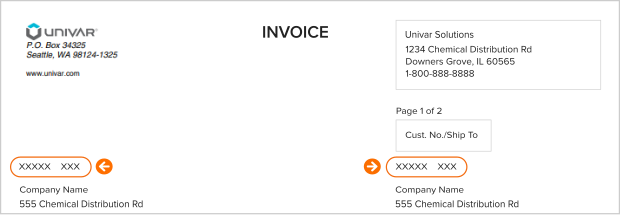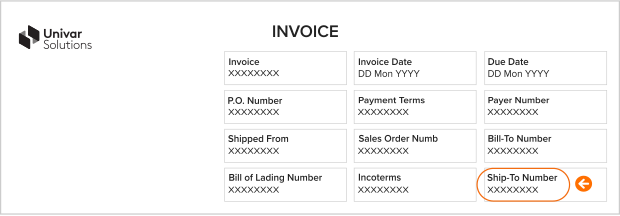We’re here to provide you with more information or help answer any questions you might have. Send us a note and we’ll get back to you as soon as possible.


You enter the dark tunnel.
It hisses as it seemingly comes alive.
The mechanical sounds whir and breathe while teeming water drums over the roof.
No, this isn't a medieval or intergalactic adventure – even if it sounds or feels like one for a moment.
You're just sitting in your car while going through a car wash tunnel. And you're not alone. This is an experience shared by the drivers of an estimated 45,750 vehicles going through single tunnel car wash operations annually.
The car wash industry has seen significant growth trends over the past two decades and has stood out in the industrial cleaning ingredients space. The United States alone accounts for 43% of the industry's total net worth. It's no surprise, as Americans have always loved their cars (with car culture heavily infused into music, movies, and custom auto shows that cumulatively draw millions of attendees annually) and invest in keeping their vehicles looking as sleek and new as possible.
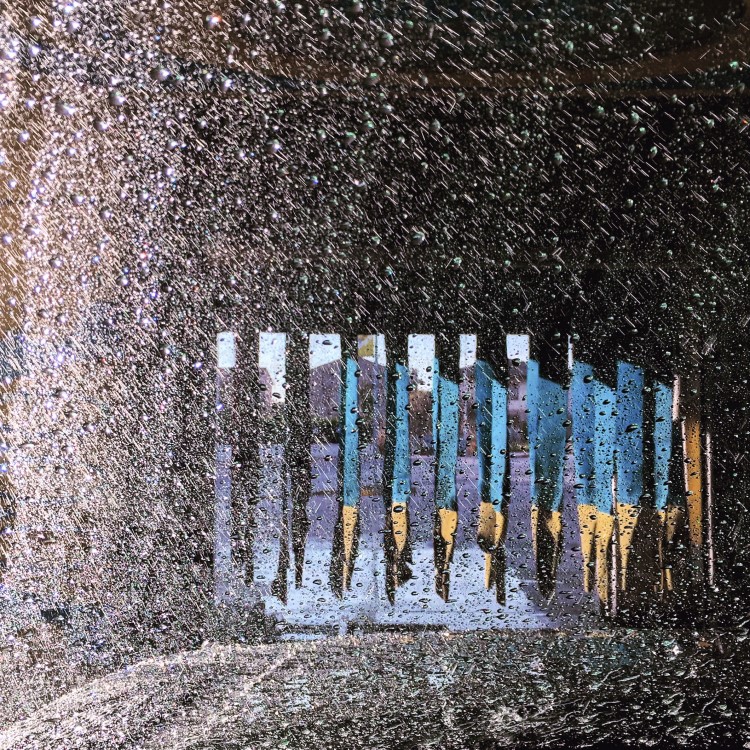

66% of the U.S. population wash their cars at least 13 times a year on average with no shortage of places to go: there are roughly more than 60,000 total car wash facilities across the continental U.S. But Americans aren't the world's only car lovers. As of 2018, the car wash industry was projected to be worth just over $33 billion globally, with a predicted ascent to $41 billion by 2025.
The automatic car wash evolution
A star was born in 1940 in Hollywood, California. The first precursor of the modern tunnel car wash business began with an automatic conveyor car wash that used workers to soap and dry the vehicles. A year later, the first hands-free automatic car wash business started using machines to do the work in Seattle. Their popularity exploded throughout the following decades with tunnel washes that used automated mechanical cleaning with nylon bristles and brushes.
Since then, technological advancements such as foam brushes, soft cloth applicators, and modern touchless car washes have made automatic car wash systems more efficient and less abrasive for vehicle paintwork.
How does a tunnel car wash work?
There is no one-size-fits-all model for automatic car tunnel washes. Owners usually consider factors such as location, competition, equipment costs, their target market, and their vision for the customer experience when building their car wash drive-through facilities. These variables can be highly differentiated.
Other deciding factors include tunnel length, wash time, the system’s agitation, and whether the water is softened (most tunnel car washes use softened water, but occasionally some use hard water if it's legally permitted). Seasonal and regional considerations are also vital when owners work on their car wash business plans for designing layouts and selecting chemical products.
Typically, standard tunnel washes rely on equipment and technology for a drive-through service – specifically, a conveyor belt that pulls each vehicle through the washing tunnel and uses a combination of cleaning chemicals, mechanical friction, and high pressure to clean and dry the car thoroughly.
Car wash conveyors can vary in length depending on the number of applications used. From the initial presoaking to drying, the whole process is designed to be performed in just a few minutes from start to end and mostly without supervision, which means less expense for owners when it comes to staffing.
The following are some of the most common parts of an automatic car wash:
1. Entrance arch: Entry point of the car wash tunnel and where the conveyor usually starts
2. Chemical tire applicator: Sprays tires with cleaning solution (varying pH levels)
3. Wraps/Brushes: Mechanical action that aids soaps in the cleaning process
4. Wax applicator: Applies wax in a foam application or spray system for additional gloss
5. Top brush: Aids cleaning products to focus on cleaning the top of the vehicle
6. Spot-free rinse arch: Applies reverse osmosis (RO) water as a final rinse to eliminate water spots during drying
7. Online tire dressing applicator: Adds additional shine to tires
8. Blowers/dryers: Aids in the final drying process of the vehicle
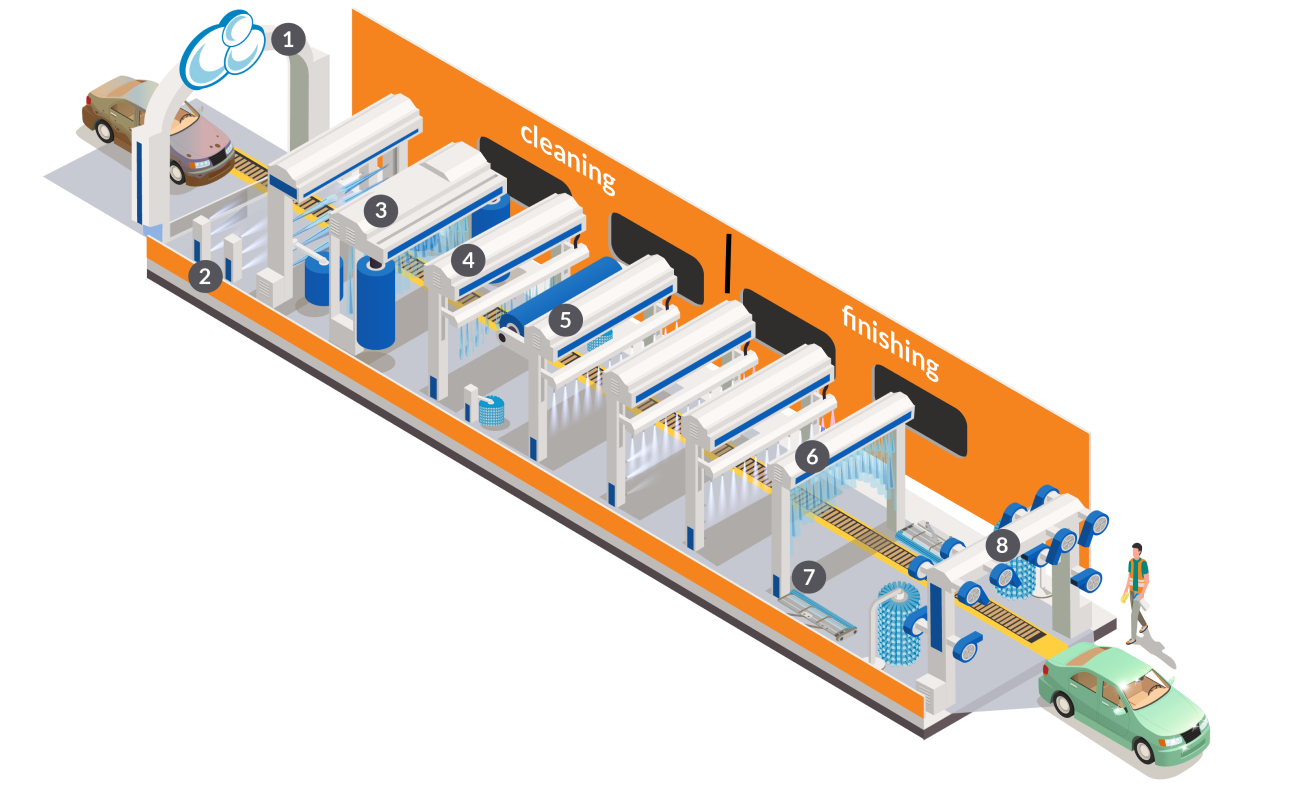

Tunnel car washes can be broken down into two sections:
Tunnel car wash cleaning – This first section gets all the soil and organic materials off the car. It uses surfactants to reduce the water's surface tension so that water droplets lay flat to get better coverage to clean the car with optimal results. It sets the vehicle up for a shiny, durable protection layer on the finishing side.
| Automatic Car Wash Cleaning Applications | |
| Bug Remover | Base, anionic surfactants, nonionic surfactants, chelating agents, anti-redeposition agents, solvent |
Wheel Cleaner | Base, anionic surfactants, nonionic surfactants, chelating agents, anti-redeposition agents, solvent |
Alkaline/High pH Presoak | Base, anionic surfactants, nonionic surfactants, chelating agents, anti-redeposition agent |
Boosters | Boosters can be used to customize presoaks or add additional capabilities |
Low pH Presoak | Acid, anionic surfactants, nonionic surfactants, anti-redeposition agent |
Neutral Foamer | Anionic surfactants/amphoteric surfactants, chelating agents |
Conditioner | Anionic surfactants/amphoteric surfactants, dye, fragrance, chelating agents, or ph adjustment |
Tunnel car wash finishing – This second section of the process involves polishes, protectants, and waxes to create more surface tension changes for droplets at the end of the wash. A more hydrophobic surface is needed so the droplets will bead up for effective drying. These are options for consumers to select as service package add-ons that are regularly not included with a car wash.
For example, triple foams provide more color fragrance, or top packages have more protectants, which last for about a month. Silicone resins and functional silicones protect the car for a glossy, smooth finish and help with durability by offering increased resistance to micro scratches and debris on the road.
| Automatic Car Wash Finishing Applications | |
| Polish | High levels of foam using amphoteric surfactants, color, and fragrances. Contains a gloss agent: silicone or wax emulsion |
| Carnauba Wax | carnauba emulsion, amphoteric surfactants |
| Rain Protectant | silicone emulsions, cationic surfactants, amphoteric surfactants, nonionic surfactants, EB |
| Ceramic Seal | silicones - amino functionals, cationic surfactants, amphoteric surfactants, nonionic surfactants, EB |
| Drying Agent | Mineral seal oil, nonionic surfactants, cationic surfactants, EB |
| Tire Shine | Silicone (PDMS), wetting agent, rheology modifier, either solvent or water, and emulsifier) |
| Spot Free Rinse | RO Water |
For tunnel car wash equipment performance, it's about striking a balance to ensure the vehicle is cleaned best BEFORE the finishing process. Otherwise, it will magnify and preserve the dirt under these protective layers. Since both applications are doing different things with the surface tension, facility owners need to be sure that the second part of the process begins at the right time to make vehicle surfaces more hydrophobic and shed water rather than further spreading it out.
Is it better to go to a car wash or wash at home?
The car wash market has seen steady growth over the past 20 years. International Carwash Association (ICA) research indicates that in 1996, 52.4% of consumers preferred at-home washing rather than going to a car wash. However, in 2014, that number reduced to 28.4%, with growth from 74.6% to over 71.6% of consumers favoring professional vehicle cleaning services. In 2019, it was estimated to be approximately 77%. Rather than washing at home, the benefits of going to a car wash include the following:
- Convenience – Professional car wash facilities, especially tunnel car washes, offer time-saving convenience, which customers value. This includes the frequent adoption of mobile apps for online reservation booking systems to skip waiting lines and mobile payment systems for easy, cashless transactions.
- Affordability – A tunnel car wash averages around $15, depending on the type of specialty services also provided. Basic car washes are just about the same as spending for washing at home when you factor in the cost of soaps, sponges, cloths, buckets, and other necessary materials. However, car washes can provide more thorough cleaning specialties for a relatively low additional expense. Popular add-ons include undercarriage and engine cleaning; adding wax coats; tire cleaning; and interior deodorizing and sanitation. Many tunnel car wash operations offer customers loyalty benefits, including free washes and services for repeat visits.
- Investment protection – Beyond vehicle hygiene, car washes can help sustain a car's value over time. This is especially vital when consumers look to sell or trade in an automobile, and the condition receives appraisal. Regular professional washes and add-on services like clear-coat protection can help guard a vehicle against UV rays, moisture, and various environmental impacts. Other typical road adversities, such as mud, grass clippings, bird droppings, and numerous corrosive types of debris that cause rust and paint fading can also impact the vehicle's overall value.
- Improved fuel efficiency and maintenance – Believe it or not, regularly washed cars help to improve a vehicle's fuel economy. Layers of dirt and grime can potentially decrease airflow across the surface, making it less aerodynamic and increasing drag, which boosts the vehicle's fuel usage. Regular car washes can help save gas and prolong the vehicle's life to keep it on the road longer.
- Easier winter washing – The busiest time for car washes is during the winter when 32% of consumers opt to wash their vehicles (mainly because of the road salt on icy roads). Tunnel car washes provide a quicker, more convenient way to clean the car rather than washing it at home by hand in less than favorable, oft-rigid winter weather conditions.
- Sustainability – It can be more environmentally conscious for consumers to take their vehicles to a tunnel car wash. Newer car wash facilities use water reclamation systems that reuse 90% of the water, so only 9 to 15 gallons of fresh water are used during the entire washing cycle. This is far less water than the estimated 40 to 140 gallons it can take to wash a car at home in a driveway. Additionally, at-home soap products and road debris are deposited directly into the city's water supply through storm drains. Car washes, however, have more wastewater regulation and are generally cleaned better. The sustainable approach is better for business, too. Tunnel washes currently optimizing water usage and green chemicals can reclaim and reuse water for eco-friendliness, and these operations can also turn cars faster on their conveyors.
Automated car wash tunnel maintenance
In addition to cleaning hundreds of vehicles daily, car wash management must also take measures to provide the best cleaning care for the facility itself. After all, no customer feels confident that their vehicle will look better after pulling into a car wash with dirty tunnel walls. Beyond an ideal business practice, proper maintenance can drastically improve a tunnel car wash's life expectancy and equipment (usually a 10-year life cycle).
Applications that use enzymes and microbes to clean the wraps are now available, which reduces the amount of preventative maintenance. Mechanical action also improves when facilities do not use dirt-laden brushes to clean the car. Car wash owners must also stock up on cleaning supplies such as laundry detergents to clean the microfiber towels used for drying, glass cleaner for the facility's windows, and concrete cleaner to scrub the tunnel car wash walls.
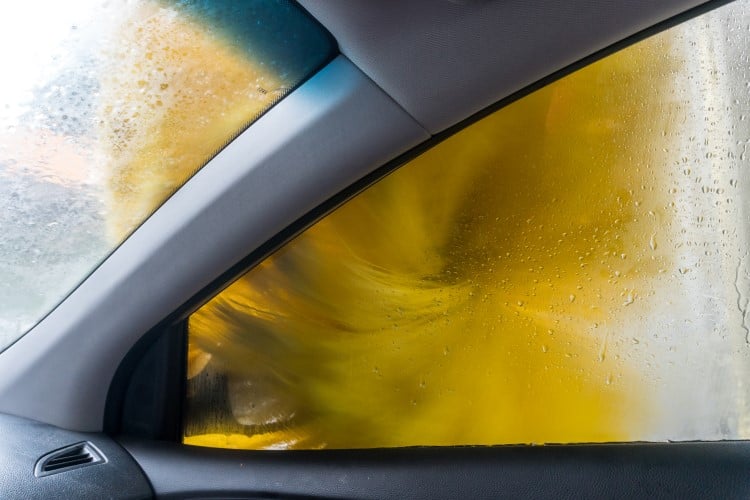

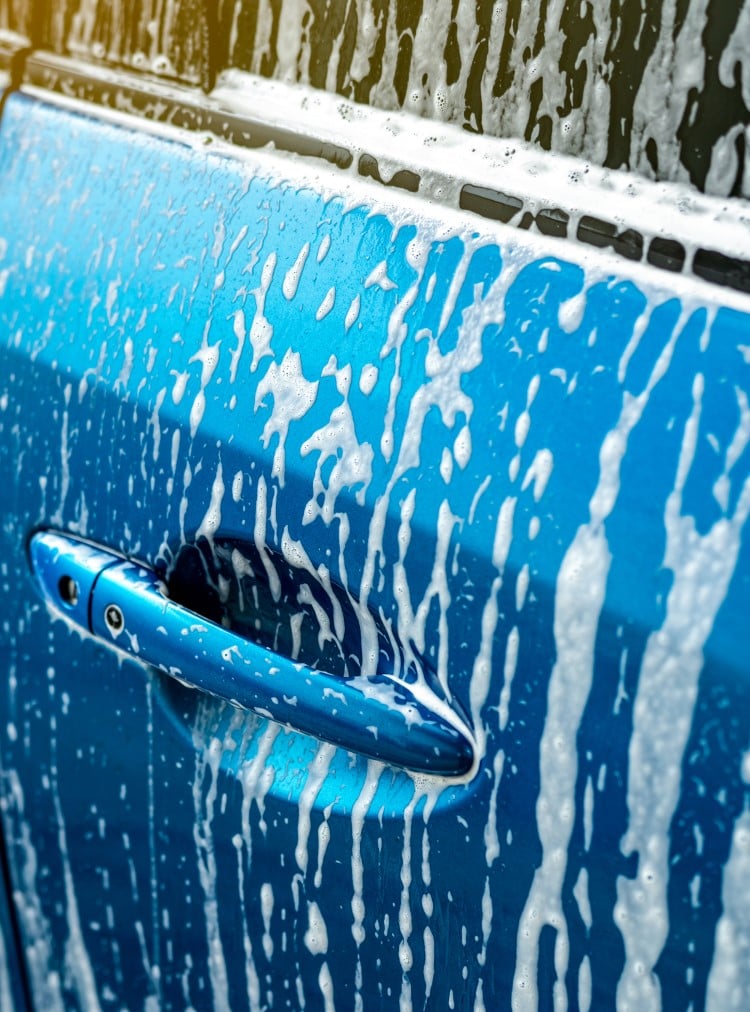

Sustainability and the future of automatic car wash operations
Compared to other global industries, the car wash space has needed to be faster to adopt sustainable solutions, mainly due to the cost-effectiveness of some frequently used chemistries (such as phosphates to chelate). However, considerable strides are rapidly advancing throughout the industry, especially with tunnel car washes and their universal usage of water reclaim systems. While water reclaim systems are primarily optional, they are also legally required in some areas. As car washes face climate challenges, many owners have turned to solar power and LED lighting. Some facilities even use sonar technology to customize the wash based on the vehicle size, reducing waste and the amount of water used!
The industry is moving away from inexpensive – but potentially harmful – chemicals like hydrofluoric acid toward greener, phosphate-free products and sustainable solutions such as biodegradable surfactants and Beyond Green Cleaning products, which are 100% natural and eco-friendly. Sustainability is becoming a more critical tenet among consumers than ever, especially for Gen Zers and millennials. Customers want to be sure the businesses they support and the services they use do not negatively impact the environment or drain community resources. They are even willing to pay more for sustainable options to avoid doing so. By already taking steps toward a greener future, the tunnel car wash industry is well-positioned to continue thriving.
At less than a century old, the business has continuously adapted to keep pace with technological advancement, chemical ingredient improvements, various levels of regulation, and, perhaps the most daunting of all, consumer trends.
While the world and consumers around this industry have changed drastically since its beginning over 80 years ago, there is one constant that the tunnel car wash industry can rely on: Drivers will always need clean cars. The speed and convenience of the tunnel car wash can get them on the road sooner – whether for work, play, or embarking on their next adventure.
Learn more about automatic car wash cleaning formulations from the Homecare and Industrial Cleaning chemical specialists at Univar Solutions.
Videos
What is Tunnel Car Wash Cleaning? Car Care Products and Ingredient Solutions
Resources
Aquabio, Car Wash History: From Simple Beginnings to Modern Day Features: https://aquabio.co/uncategorized/blog/car-wash-history-from-simple-beginnings-to-modern-day-features/
Automatic Vehicle Wash, Tunnel Systems: https://avwequipment.com/equipment-category/tunnel-systems/
Carwash.com, 5 long-lasting benefits of carwashing: https://www.carwash.com/5-long-lasting-benefits-carwashing/
Carwash.com, Going green: Save electricity, water and money: https://www.carwash.com/going-green-save-electricity-water-and-money/
Carwash.com, Lessons in carwash tunnel layout: https://www.carwash.com/lessons-carwash-tunnel-layout/
Detail Pro POS, 20 Car Wash Statistics in 2021 That Will Surprise You: https://www.detailpropos.com/blog/car-wash-statistics/
Focusedcarwash.com, Car Wash Industry Statistics: https://focusedcarwash.com/wp-content/uploads/2017/09/industry-statistics.pdf
How It Works, How does a car wash work?: https://www.howitworksdaily.com/how-does-a-car-wash-work/
JBS Industries, 10 Trends You Should Know About the Car Wash Industry: https://www.jbsindustries.com/blog/10-trends-you-should-know-about-in-the-car-wash-industry/
JBS Industries, Best Car Wash Add-Ons: https://www.jbsindustries.com/blog/car-wash-add-ons/
PSD Codax, Tunnel Car Wash Systems - A Beginner's Guide to Tunnel Car Wash Systems: https://www.psdcodax.com/tunnel-car-wash-systems-a-beginners-guide-to-tunnel-car-wash-systems/
Sunset North Car Wash, Here's What (Tunnel) Car Washes Are Really Doing to Your Car: https://sunsetnorthcarwash.com/2022/11/28/heres-what-tunnel-car-washes-are-really-doing-to-your-car/
Synchrony, 5 Reasons to Visit the Car Wash - and What to Watch Out For: https://www.mysynchrony.com/blog/automotive/5-reasons-to-visit-the-car-washand-what-to-watch-out-for.html
Thompson Sales Company, Wash Your Car Yourself or Take It Somewhere: https://www.thompsonsales.com/wash-your-car-yourself-or-take-it-somewhere/
Tommy's Express, Do clean cars improve gas mileage?: https://tommys-express.com/blog/do-clean-cars-improve-gas-mileage/
Way.com, Tunnel Car Wash - All you need to know: https://www.way.com/blog/tunnel-car-wash-all-you-need-to-know/
Way.com, All you need to know about clean cars and fuel efficiency: https://www.way.com/blog/clean-car-and-fuel-efficiency/
Western Carwash Association, Water Conservation: https://www.wcwa.org/page/WaterConservation





